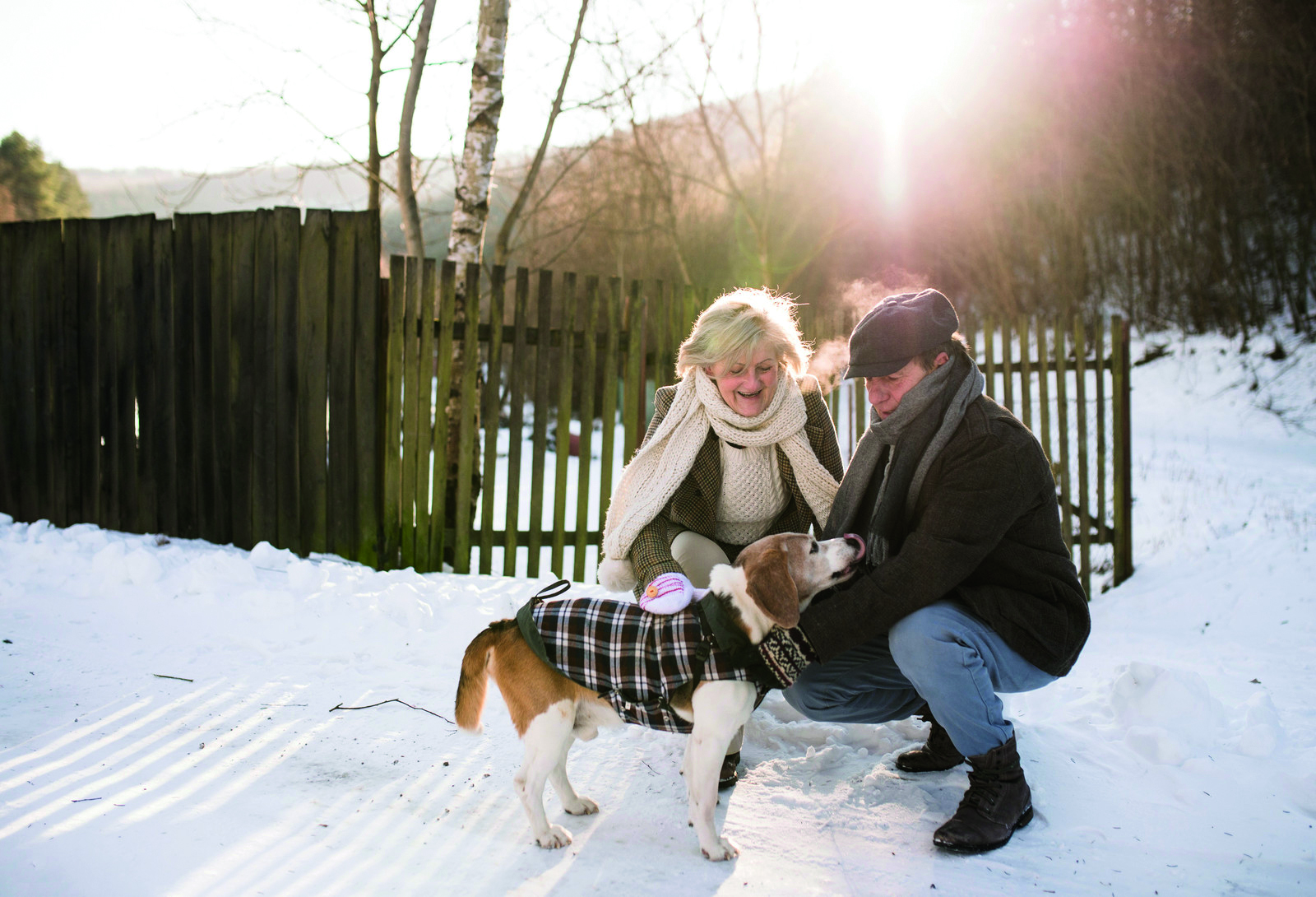By Caroline Chenoweth
For many of us the first signs of snow bring thoughts of excitement and wonderment. Winter sports, festive nights with loved ones and dreams of what the New Year will bring dance in our thoughts. But for many others this time of year is frightful. Warm thoughts are replaced with worries of potential broken hips, hospitalizations and general unwell. However, getting through the next five months until spring does not need to be marked with despair.
Eating well
With slippery, uncleared sidewalks and imminent snow storms it is understandable that frequent trips to the grocery store are not realistic. But don’t fall in the trap of buying and solely eating large staples of canned goods and frozen dinners. Fresh food is still important and achievable during the winter. There are options for grocery delivery, from companies like Longos, Loblaws, Walmart and Costco, as well as some of your local stores. Additionally there is a growing number of companies who will also take the job out of meal planning when delivering your groceries; such as Hello Fresh, Chefs Plate, Miss Fresh and GoodFood, to name a few in Canada. Often these companies provide the added relief of subscriptions so it removes future concerns over planning. At the same, my experience with Hello Fresh speaks to the ease of cancelling or suspending one delivery, especially if holiday meals and travels are anticipated.
Mental health matters
A less considered but equally valuable approach to staying well is maintaining mental activity. A strong brain can better support a strong body. Developing and supporting a strong brain does not have to be a challenge. Activities can include crossword puzzles, Sudoku puzzles, and even tabletop puzzles. If puzzles are not appealing, there are benefits to adult colouring books that can appeal to a large range of interests, from wildlife to a favourite TV show. Or if staying online is more appealing there are plenty of options available, such as Lumosity, Scrabble, Solitaire and more. But what’s important is to not focus entirely on one game or style of activity. An entire day lost to Solitaire starts to lose its benefits. Here are a few helpful suggestions:
• Maintaining social connections. Too commonly, Jack Frost can also bring isolation nipping at your heartstrings. Instead of wearing a really good scarf, prepare yourself in other ways. Use your phone, iPad or computer for video calls. Make scheduled times for these calls, just as you would with in person visits.
• Focus on the body. Most importantly, recommendations are to only be followed according to your limits. If you’re unsure of what those limits are, hold off on new activity until you’ve spoken with a healthcare practitioner, like your Doctor or nurse. In thinking about your body and staying active, a good place to start is with your joints like your knees, ankles, and wrist. Take a break from reading, or while watching TV and spend a few minutes in sitting to move them around, one at a time. Only as much as you can without causing pain. Try and do this a few times throughout the day.
• Get information from online. There are plenty of websites that offer videos and guides on how to do yoga and stretching in your home. Fear not, I’m not suggesting you find a way to make your bathroom into a hot yoga studio. Both yoga and stretching can be very gentle but very effective for reducing pain and improving activity levels.
• Do the jobs and chores around the house. Again though follow the rules from above and don’t overdo it. One key way to make sure you don’t push yourself too hard is to break up your chores throughout the week. Leave laundry to Sunday and maybe the bathroom gets spruced on Tuesdays. A clean, and also well-lit home is a safe home that allows for safer activity.
• Take breaks. If you’re someone who finds that most of your day is spent sitting, find small and consistent reasons to get up and move around the home throughout your day. It could be to make another pot of coffee or tea, grab a snack from the kitchen or do your yoga video.
• Plan for meal time preparation can be a form of activity. If you love to plan large, or complex meals, but energy levels are low you don’t need to give up those meals. Do most of your preparation from sitting at the dining room table, or bring a stool to the kitchen counter. Or, if you haven’t already done so it might be a good idea to invest in a crockpot, to set it and leave it. But if you’re someone who does not like to fuss about cooking
or large meals, you can equally get your activity in by making small and frequent trips to the kitchen to prepare snacks.
• Play it safe. Winter slips and falls are common so watch your footwear and don’t be afraid to ask for help when you are out and about.
By following all, or at least some of these recommendations will help you to stay healthy in mind and body. This way, next thing you know the ice has melted and the flowers are blooming; you’ve not only survived winter but you’ve thrived throughout.
Caroline Chenoweth, MScOT Reg. (Ont) has practiced Occupational Therapy within long term care homes, seniors-focused family health teams and acute care hospitals.












